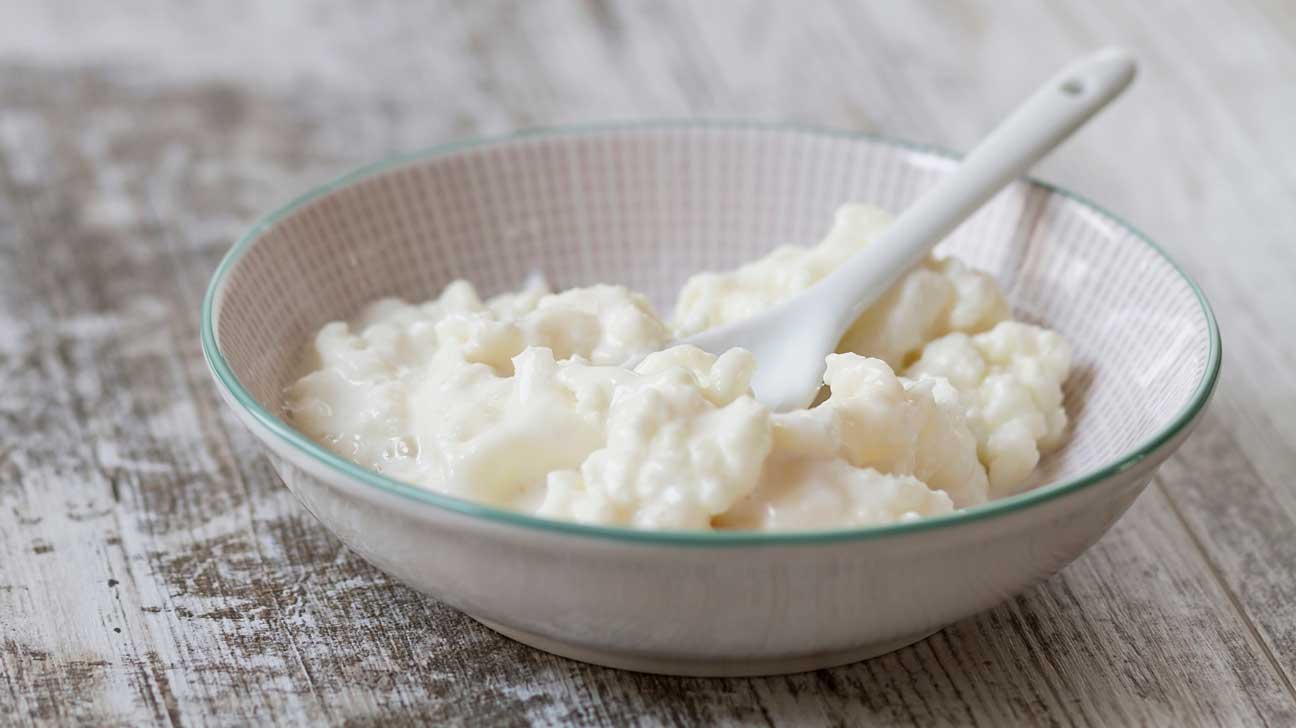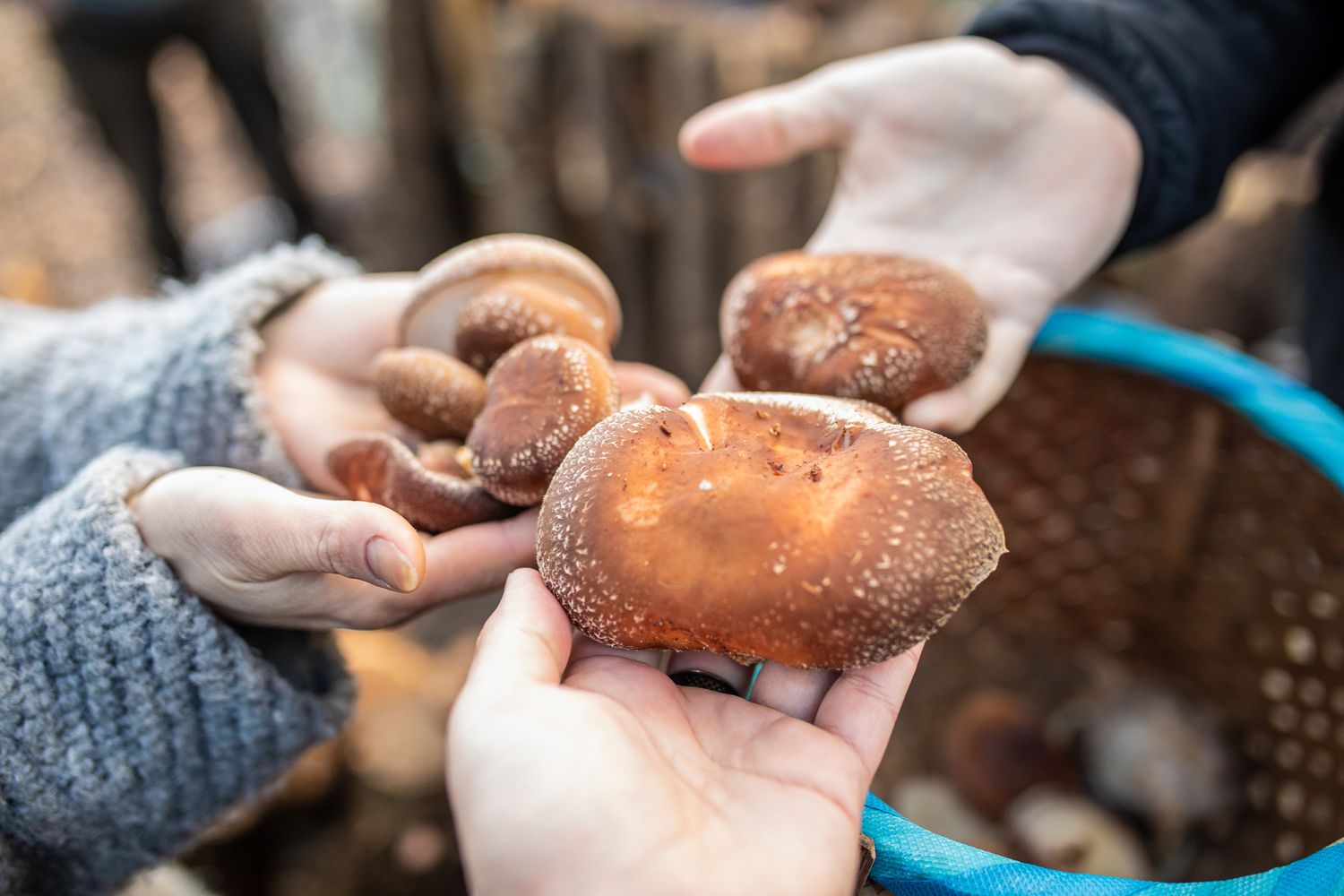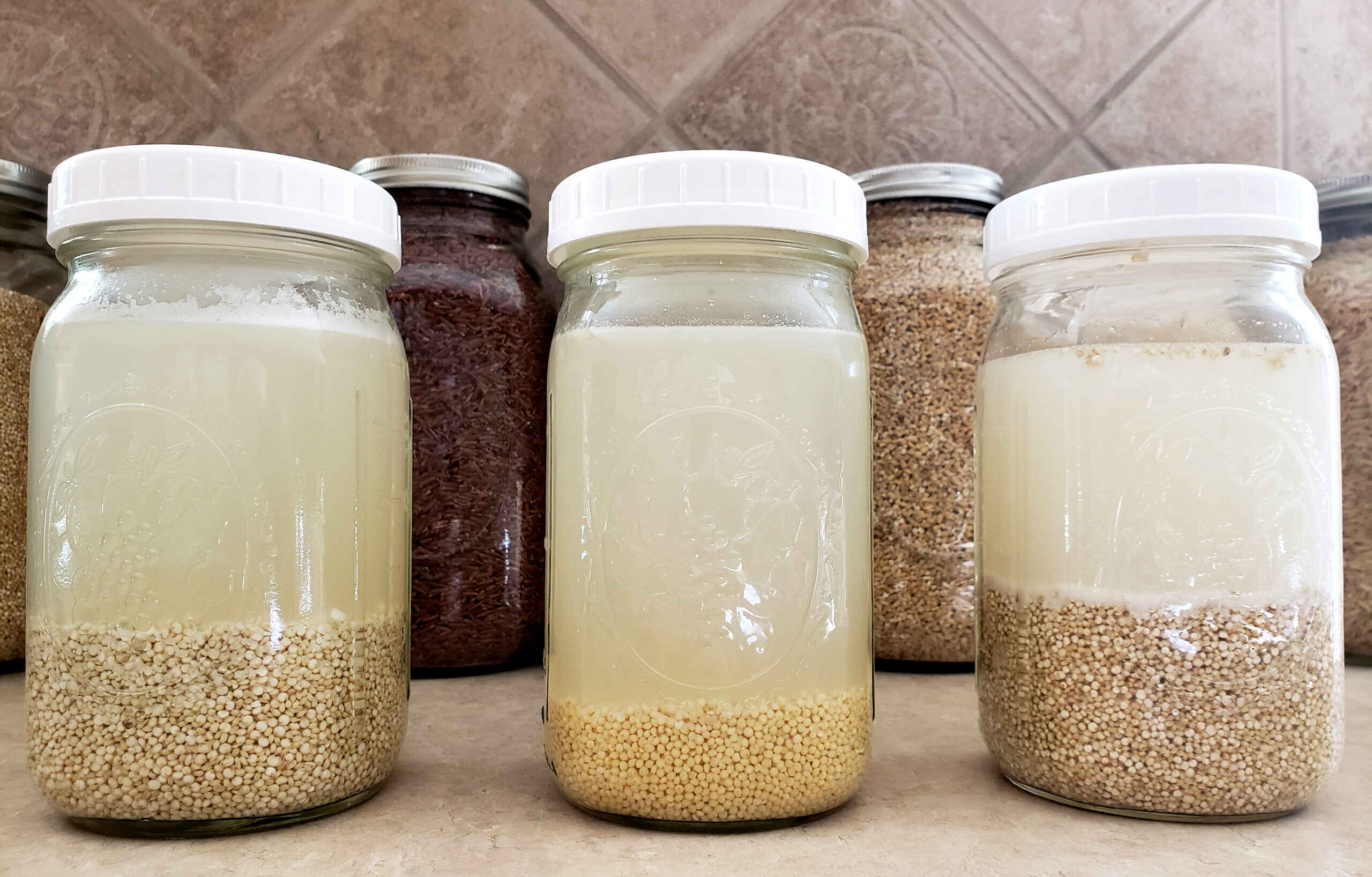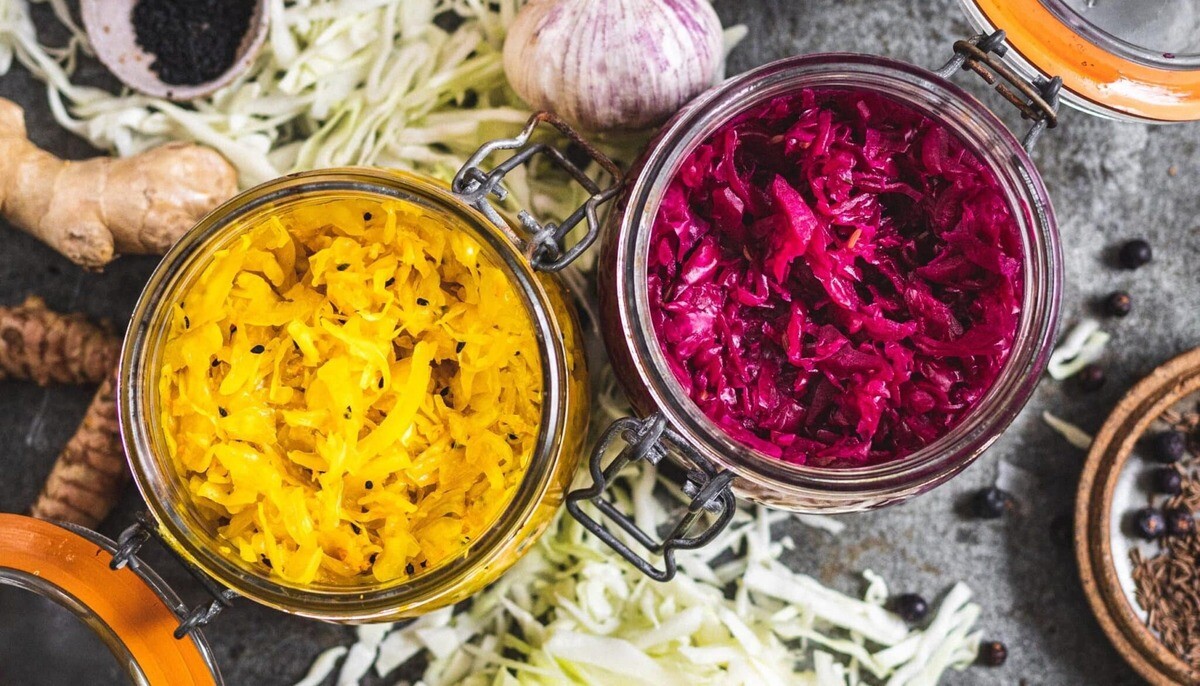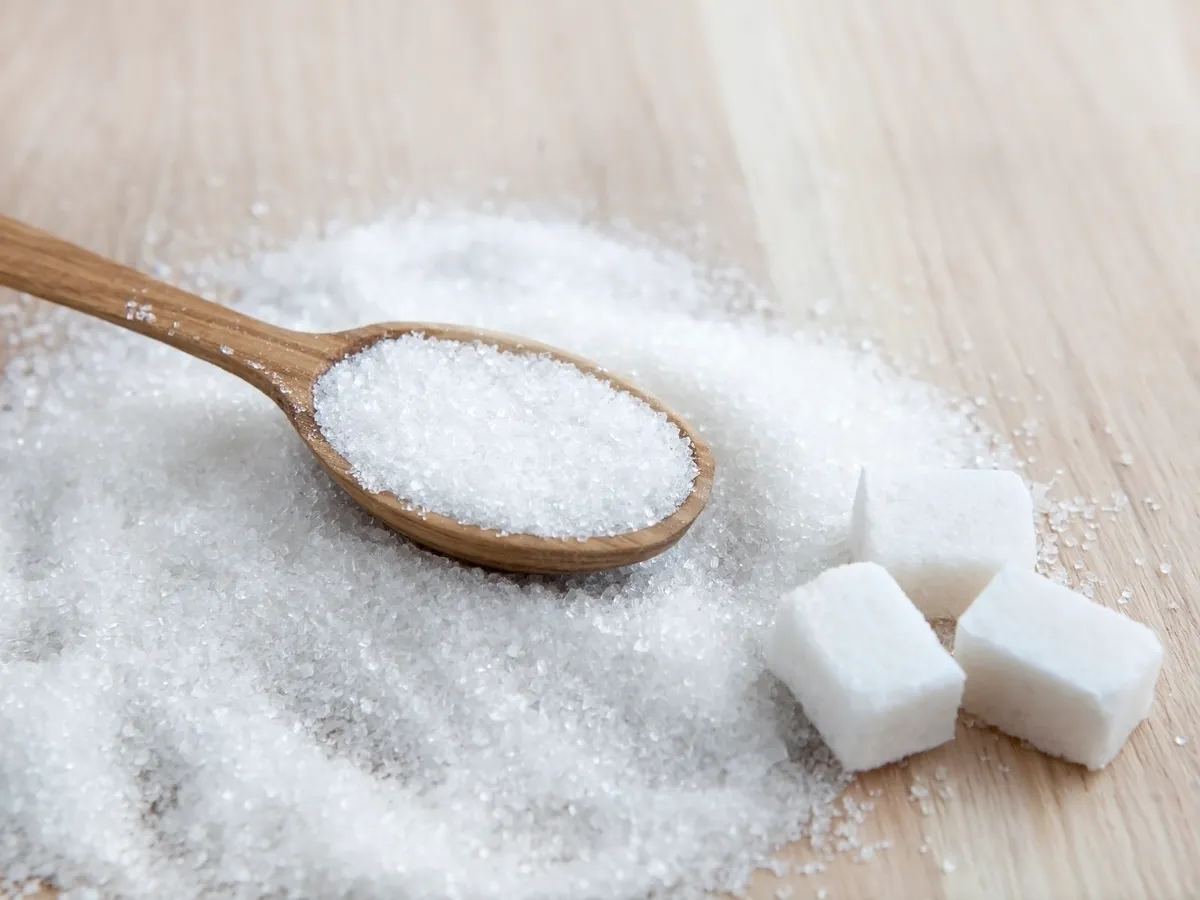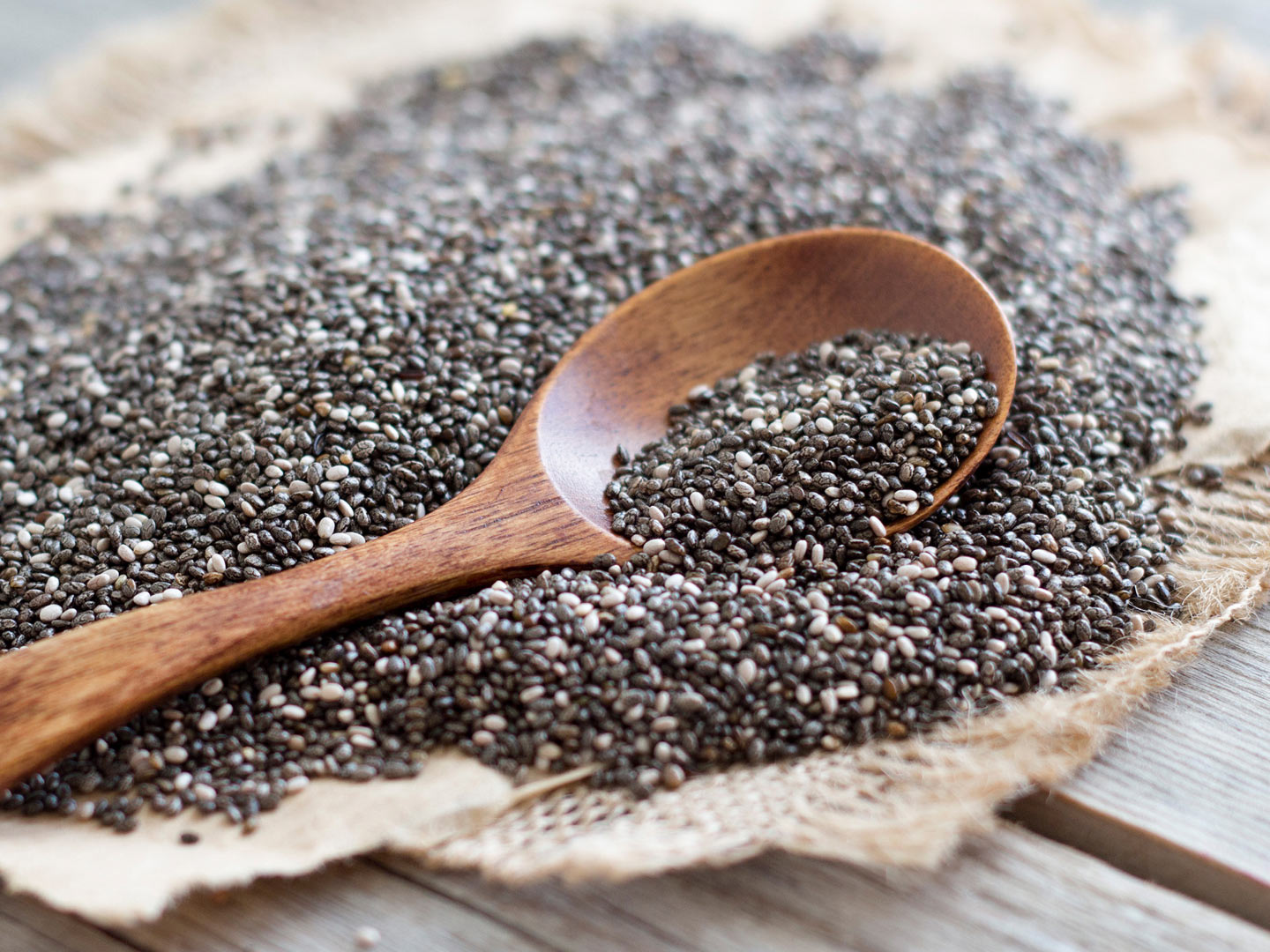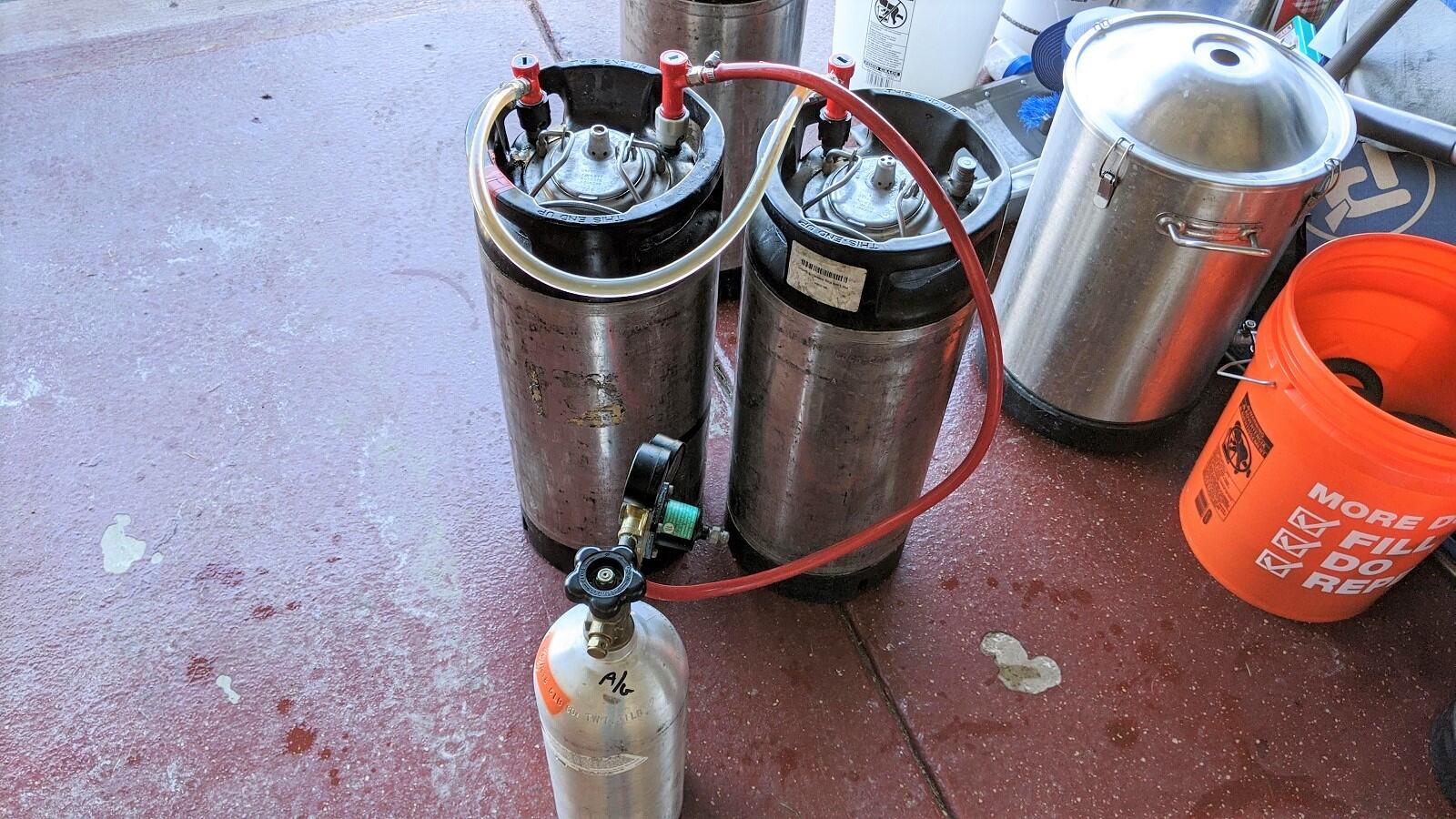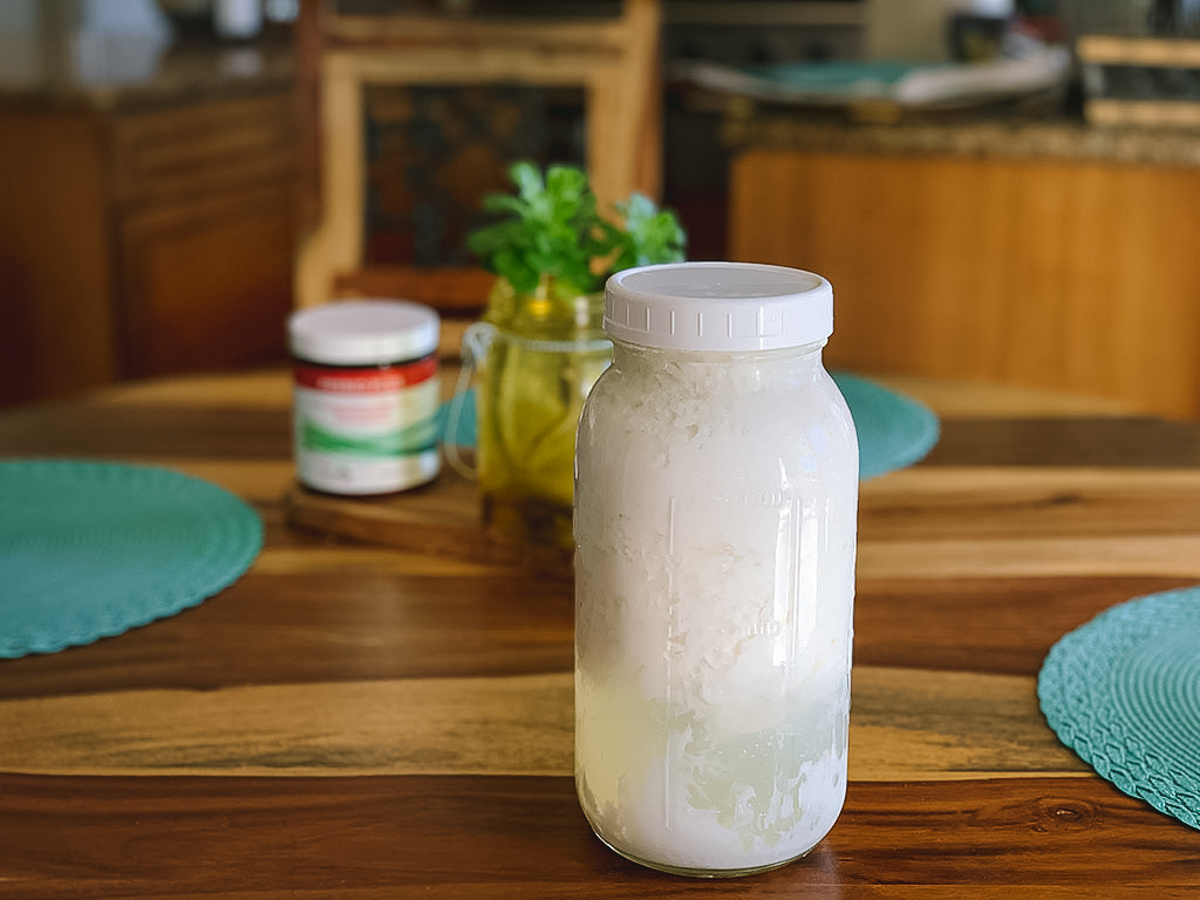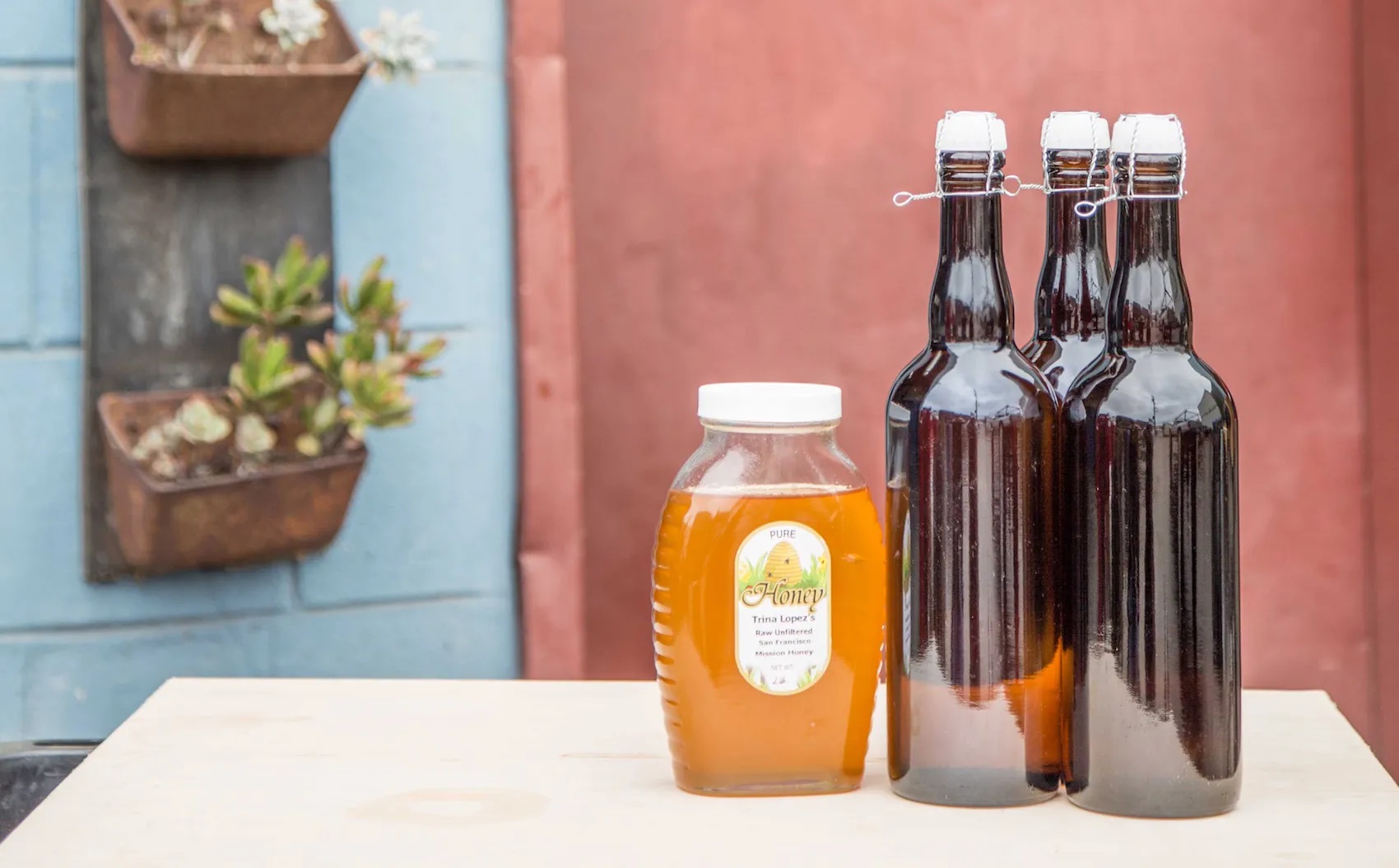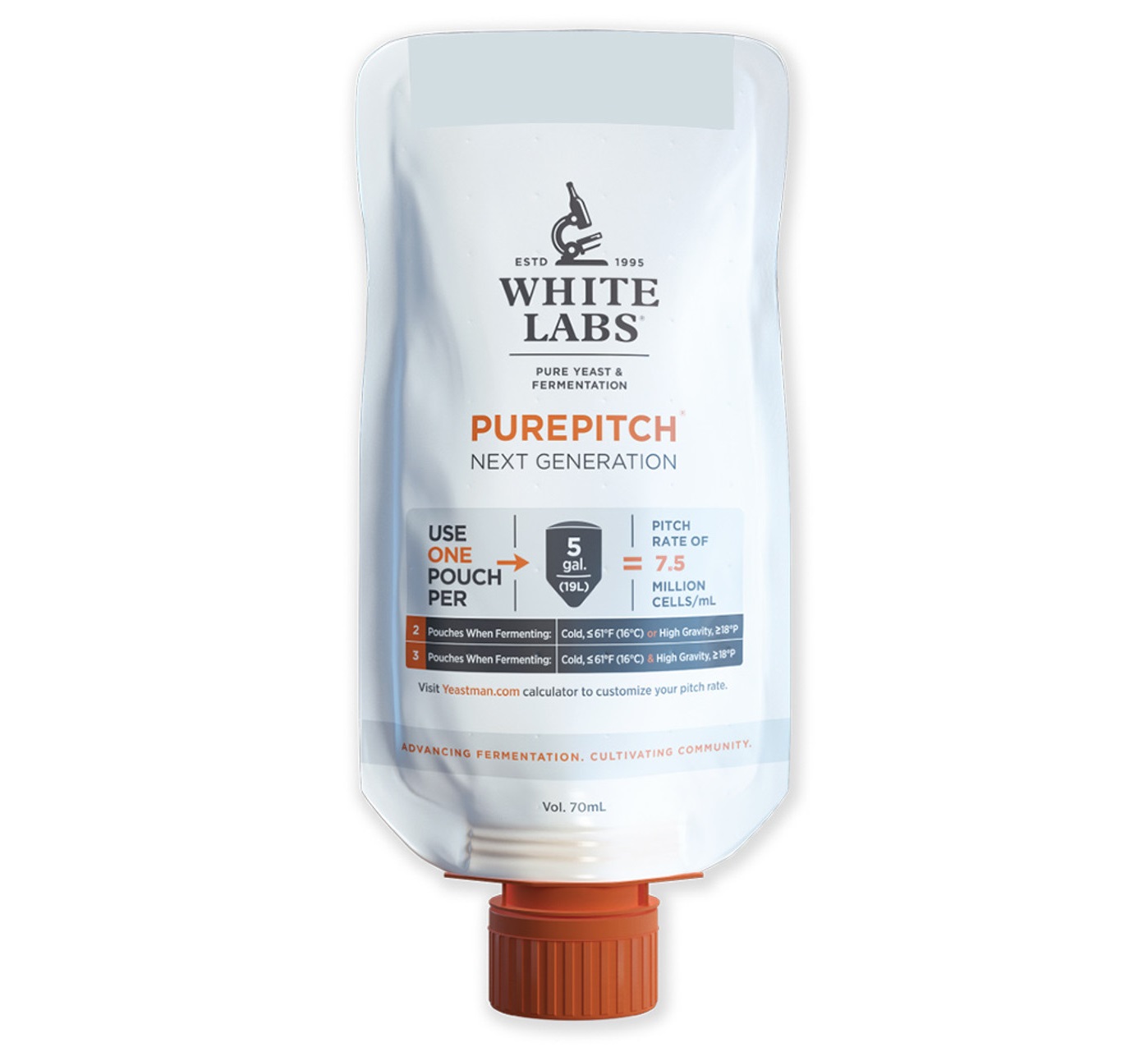What is Yogurt Fermentation?
Yogurt fermentation is the process of converting milk into yogurt through the action of beneficial bacteria. This transformation occurs when the bacteria consume the natural sugars in the milk, producing lactic acid as a byproduct. This lactic acid gives yogurt its characteristic tangy flavor and creamy texture. Fermenting yogurt at home is a simple and rewarding process that allows you to enjoy the health benefits of probiotics and the satisfaction of creating your own delicious dairy product.
Ingredients and Equipment
Before you begin the yogurt fermentation process, gather the following ingredients and equipment:
- 1 quart of milk (whole milk is recommended for creamier yogurt)
- 2 tablespoons of yogurt starter containing live active cultures
- A heavy-bottomed pot
- A thermometer
- A whisk
- A clean kitchen towel or cheesecloth
- A large bowl
- Yogurt maker or insulated cooler (optional)
Steps for Fermenting Yogurt
Follow these simple steps to ferment your own yogurt at home:
- Heat the Milk: Pour the milk into the heavy-bottomed pot and heat it over medium heat until it reaches 180°F (82°C). Stir the milk frequently to prevent scorching.
- Cool the Milk: Once the milk reaches 180°F (82°C), remove it from the heat and allow it to cool to 110°F (43°C). This temperature is ideal for the yogurt culture to thrive.
- Add the Yogurt Starter: In a small bowl, mix the 2 tablespoons of yogurt starter with a small amount of the cooled milk. Then, pour this mixture back into the pot of milk and whisk until well combined.
- Incubate the Yogurt: Transfer the milk mixture to a clean container or your yogurt maker. If using a yogurt maker, follow the manufacturer’s instructions for incubation. If not, wrap the container in a clean kitchen towel or place it in an insulated cooler to maintain a consistent temperature of around 110°F (43°C) for 6-8 hours. This allows the bacteria to ferment the milk and create yogurt.
- Chill and Enjoy: Once the incubation period is complete, refrigerate the yogurt for at least 4 hours to halt the fermentation process and achieve the desired consistency. Your homemade yogurt is now ready to be enjoyed!
Tips for Successful Yogurt Fermentation
Here are some tips to ensure successful yogurt fermentation:
- Use a clean and sanitized container to prevent unwanted bacteria from interfering with the fermentation process.
- Choose a high-quality yogurt starter with live active cultures to kickstart the fermentation process.
- Maintain a consistent temperature throughout the incubation period to encourage the growth of beneficial bacteria.
- Experiment with different milk types and fermentation times to achieve your preferred flavor and texture.
Health Benefits of Fermented Yogurt
Fermented yogurt is not only delicious but also offers numerous health benefits. The live active cultures present in yogurt can support digestive health, boost the immune system, and contribute to overall well-being. By fermenting your own yogurt at home, you can ensure the presence of beneficial probiotics and enjoy a nutritious and flavorful dairy product.
Conclusion
Learning how to ferment yogurt at home is a valuable skill that allows you to create a wholesome and probiotic-rich dairy product. By following the simple steps of heating, cooling, adding the starter culture, incubating, and chilling, you can enjoy the satisfaction of homemade yogurt with its numerous health benefits. Experiment with different techniques and ingredients to discover your favorite variation of this versatile and nutritious food.
Was this page helpful?
Read Next: How To Ferment Food Without Salt
